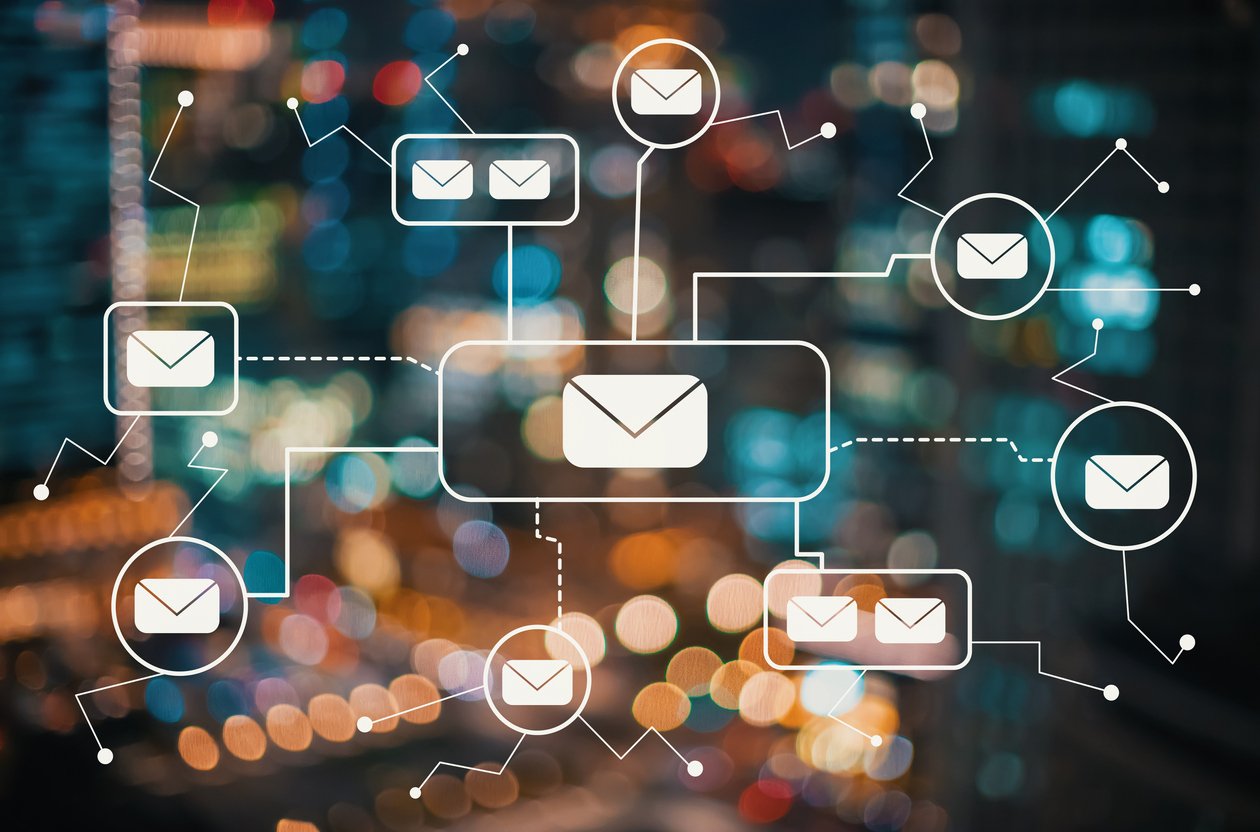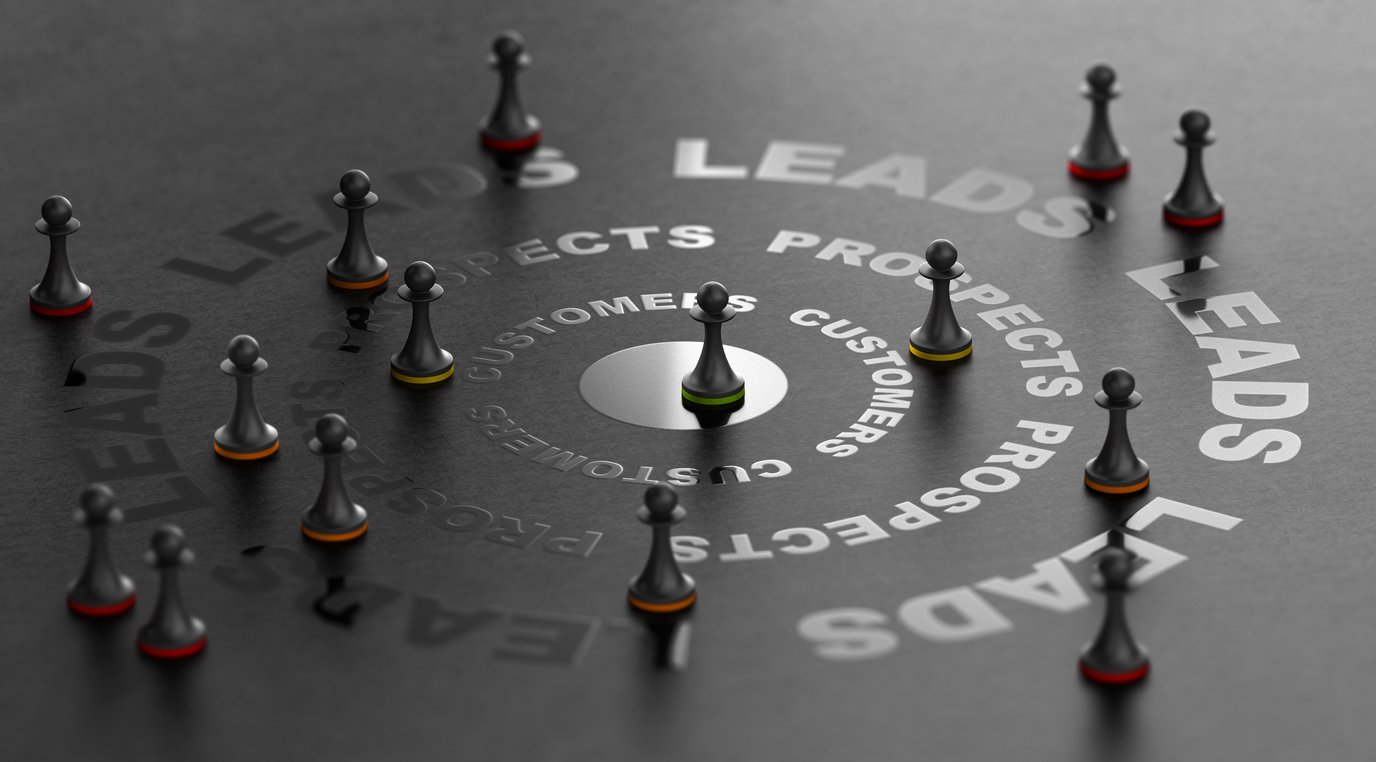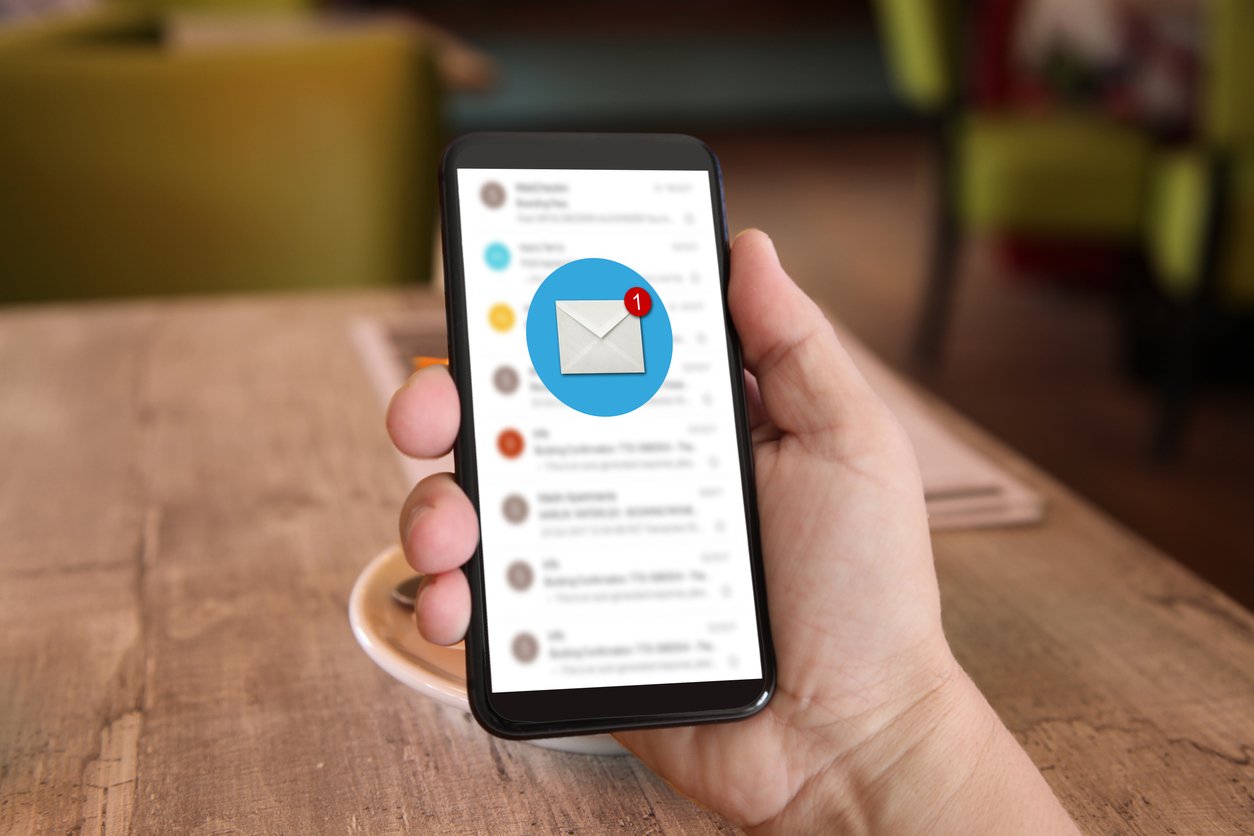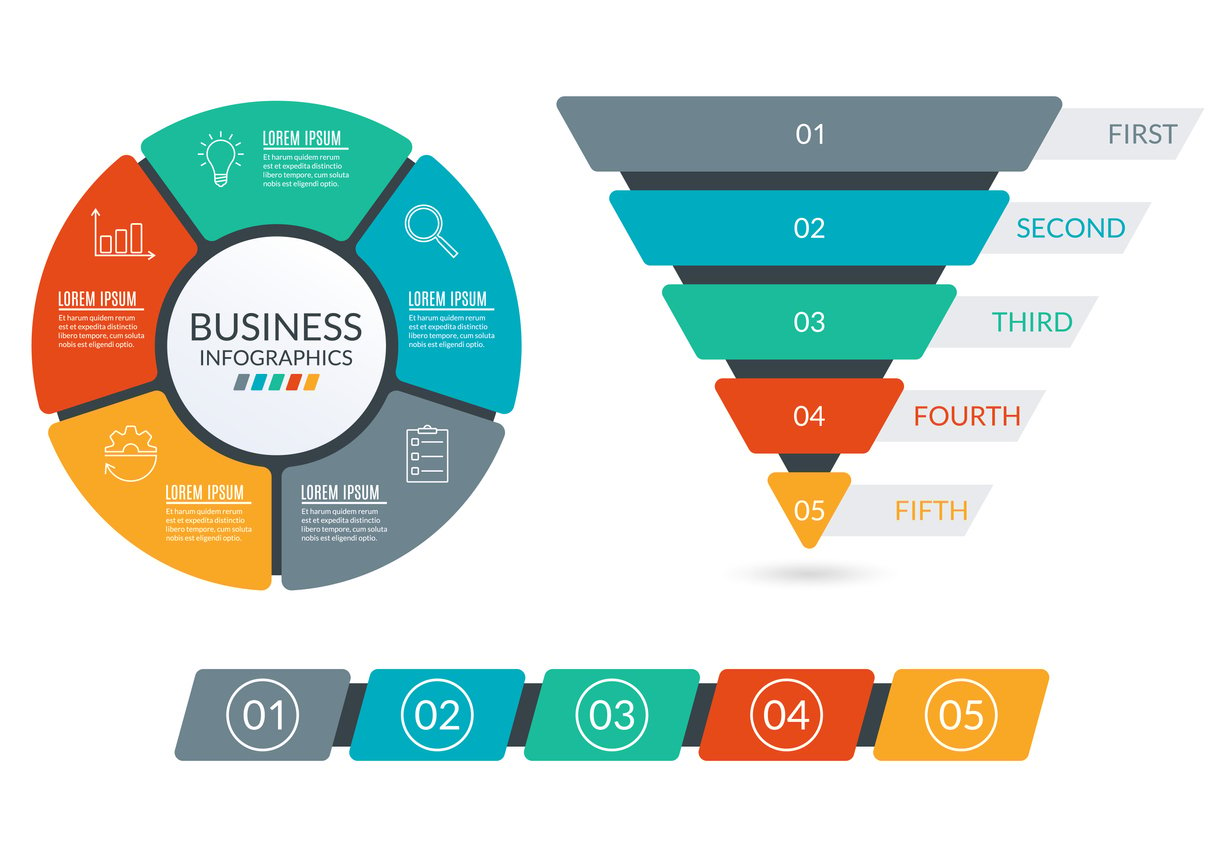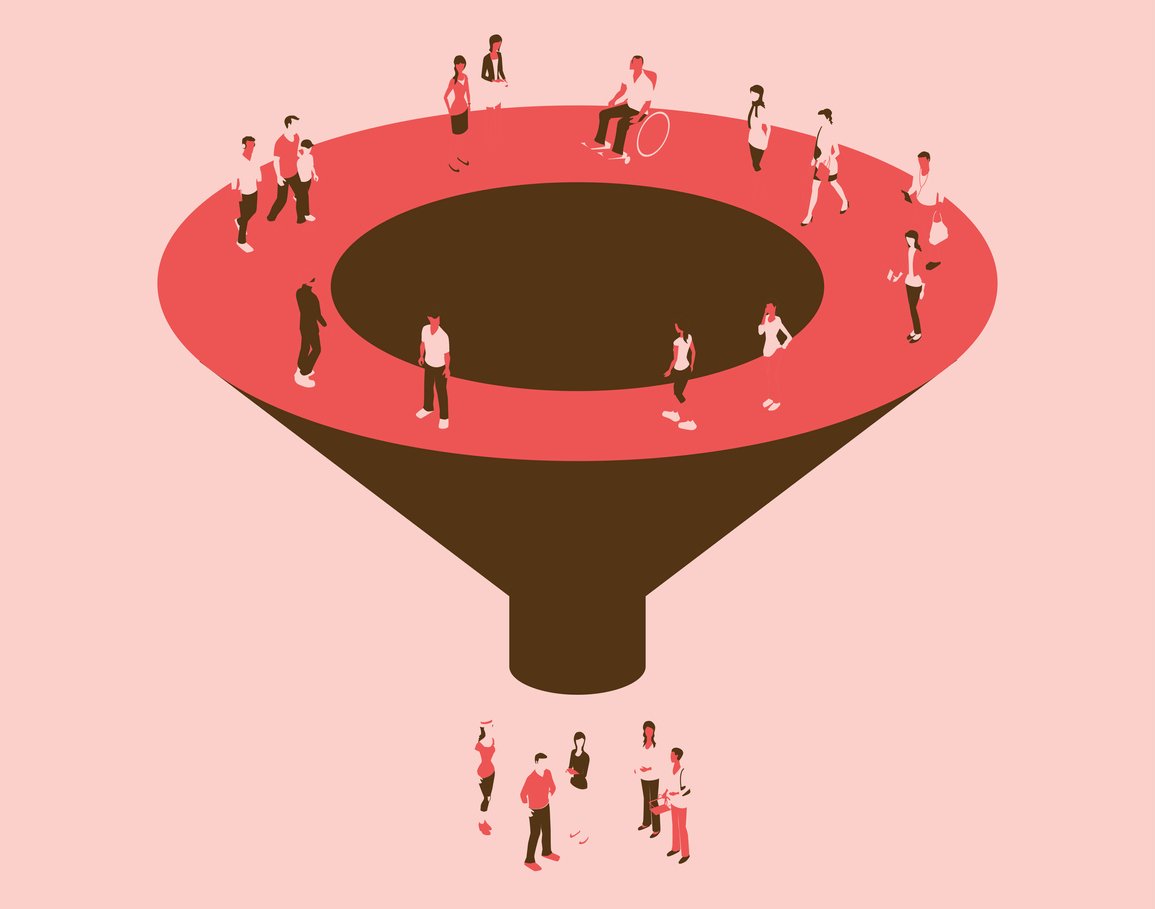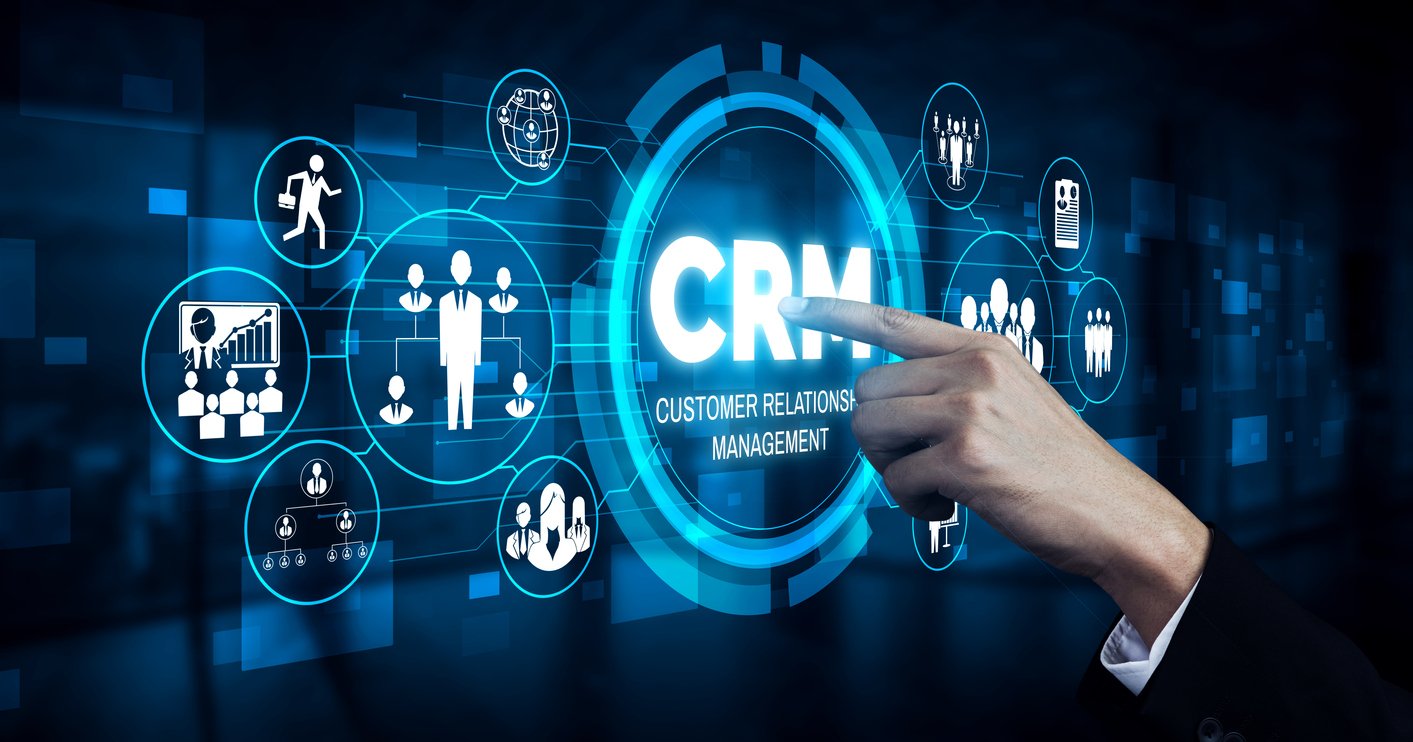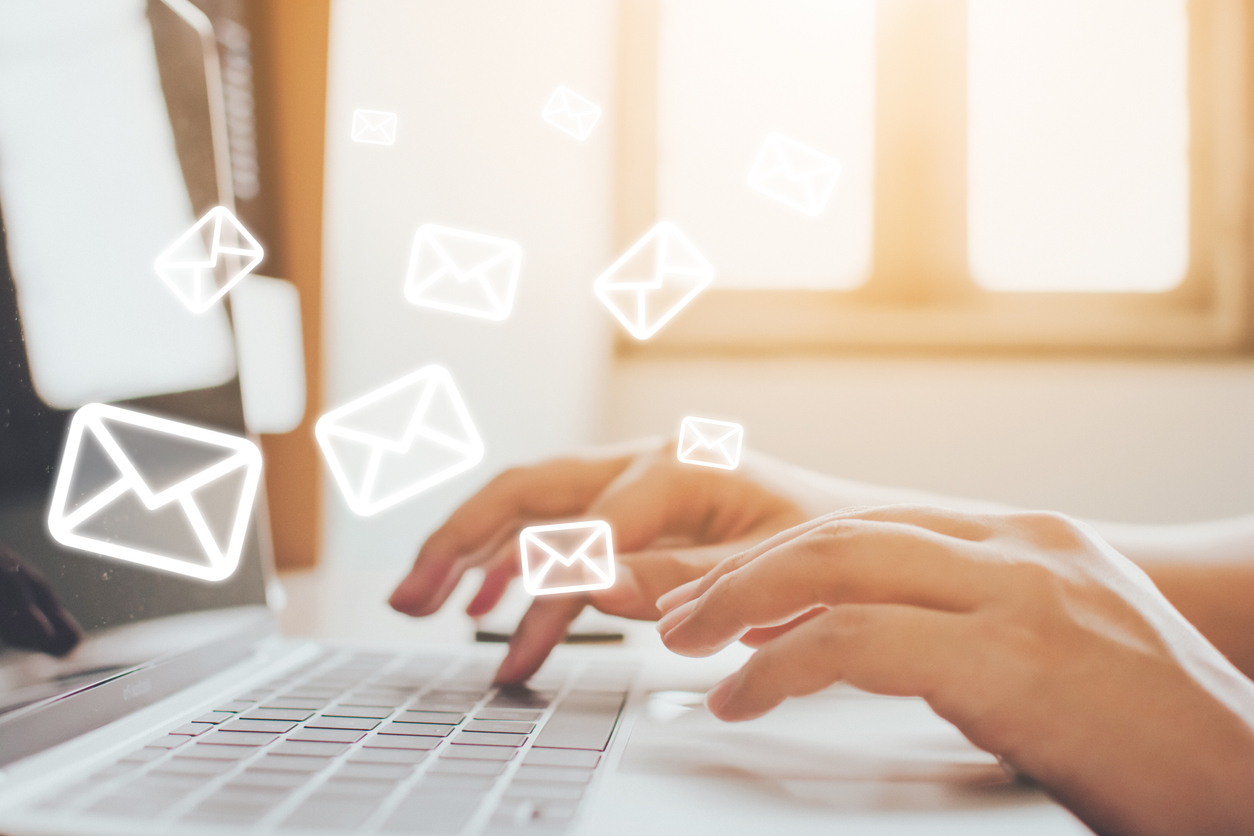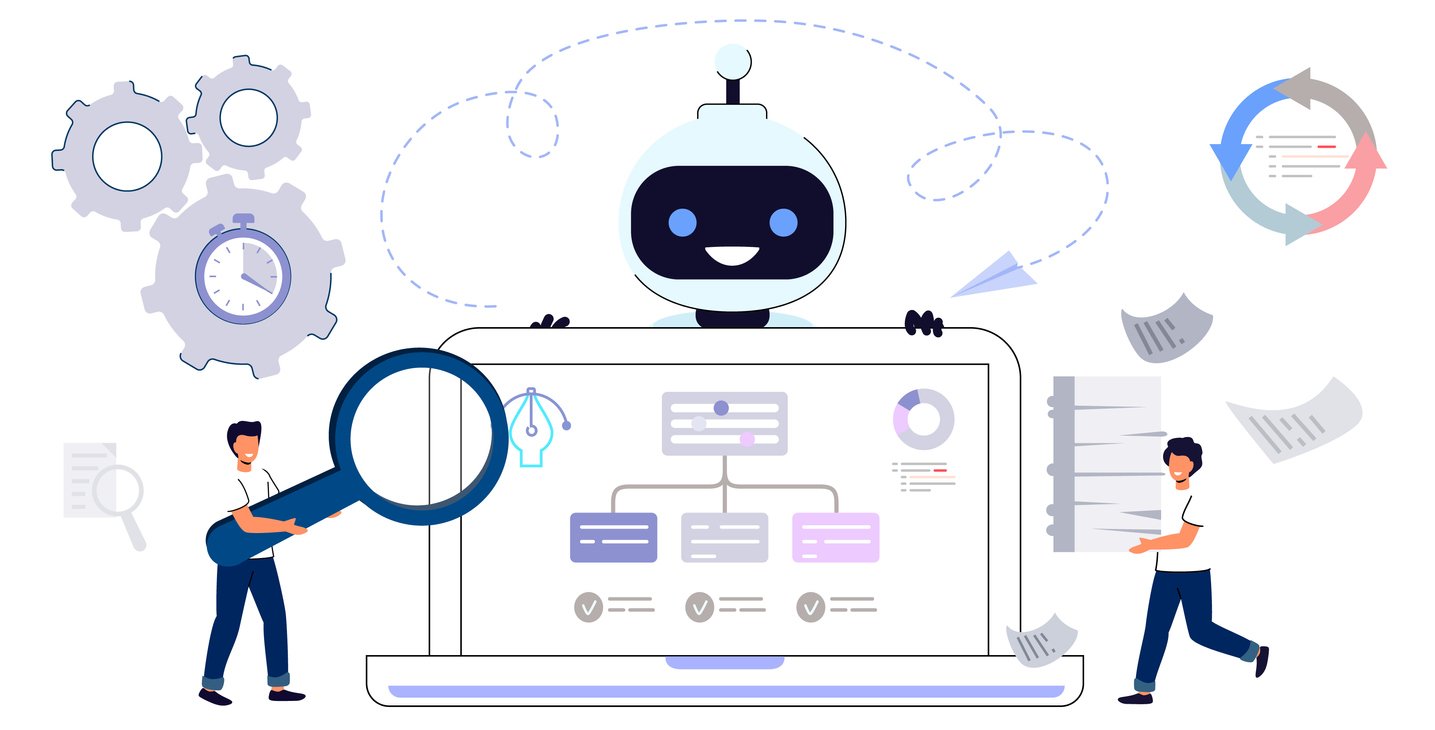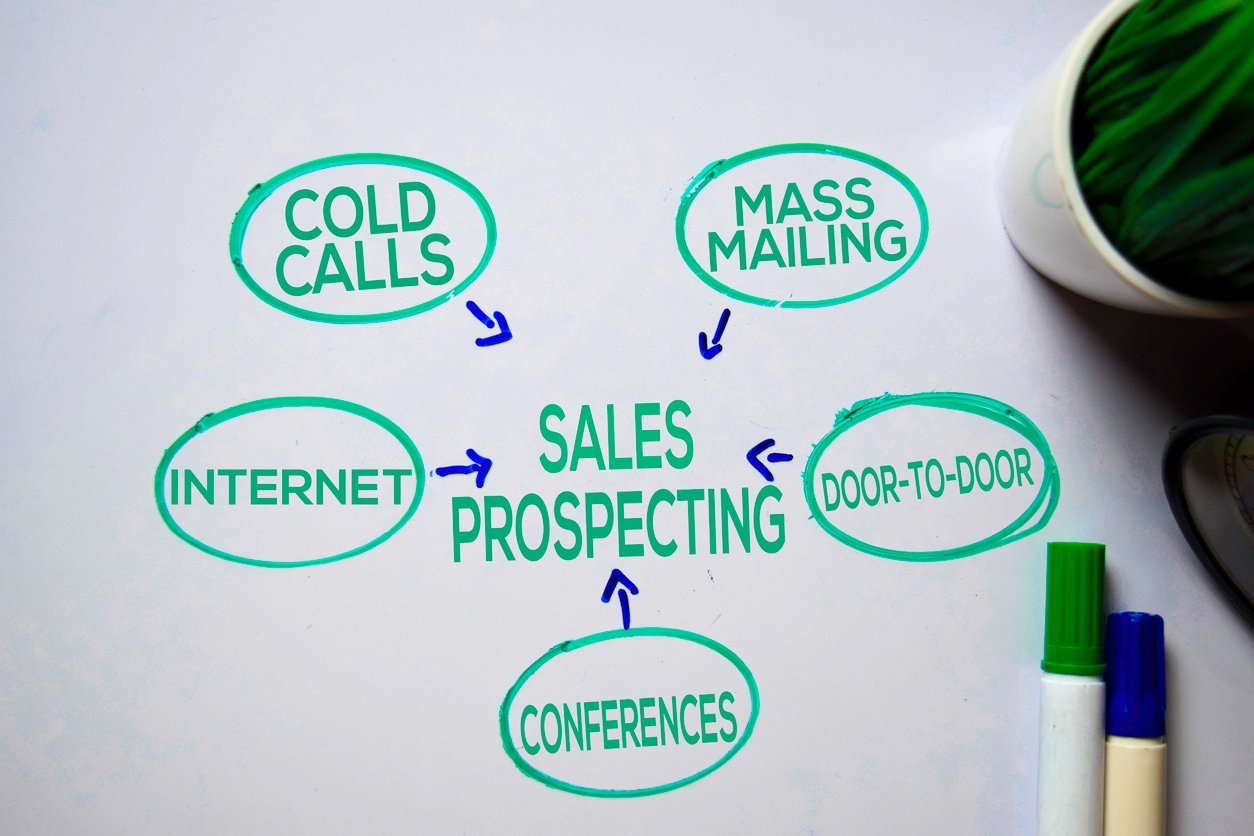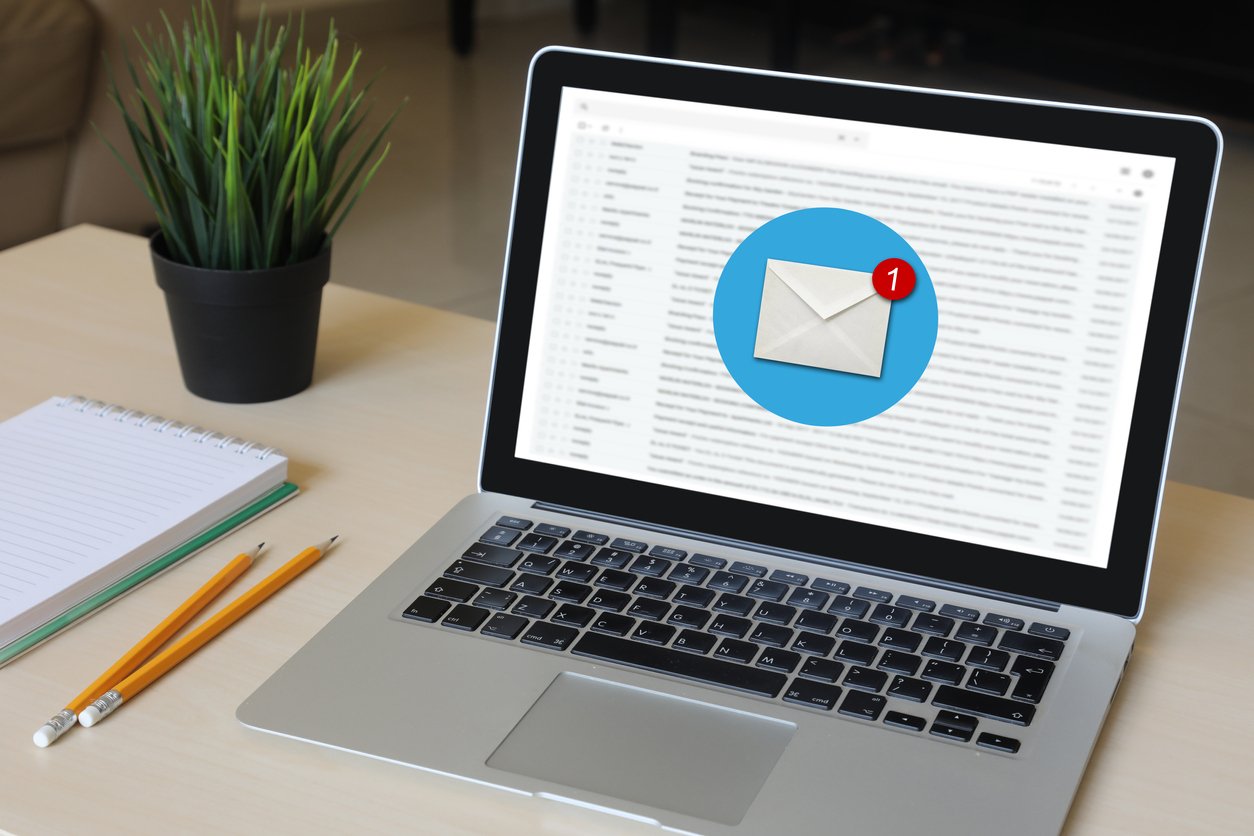
Crafting Winning Marketing Automation Strategies for Business Growth
 Updated on
Updated on
By Ringy
Table of Contents
Table of Contents
Imagine a world where your marketing campaigns run like a well-oiled machine—emails are sent at just the right moment, leads are nurtured in the blink of an eye, and your team has more hours to focus on strategy rather than repetitive tasks.
With marketing automation strategies, efficiency meets personalization to drive business growth and give back your team's most precious commodity—time.
If you've ever wondered how to do marketing automation without losing the human touch, you're in the right place.
In this article, we'll discuss the essentials of crafting winning marketing automation strategies, the tools that make them possible, and how to align these strategies with your company goals.
Why Marketing Automation Matters

AI marketing automation isn't science fiction, it's a transformative approach to how your business interacts with its audience. The ability to automate tasks, personalize communication, and scale efforts makes it an invaluable tool for modern marketers in the know.
Let's explore why it matters:
- Boost Efficiency: Say goodbye to manual tasks like sending individual follow-up emails or sorting leads manually. Automation tools take care of these repetitive activities, freeing up your team for higher-level planning.
- Enhance Personalization: Imagine addressing each lead with an automated text message tailored to their interests. Automated segmentation and dynamic content make this possible. According to McKinsey, 71% of customers expect personalization when dealing with a company they've already been in contact with.
- Scale Easily: Whether you're reaching 1,000 or 100,000 customers, automation scales your efforts without additional strain on your team.
By embracing automated marketing concepts and strategies, you're not just keeping up with trends—you're setting yourself up for sustainable growth.
The efficiency, personalization, and scalability it offers can transform your business exponentially.
Benefits of an Automated Marketing Strategy

In a fast-paced digital landscape, manual marketing efforts can no longer keep up.
Businesses (like yours) need strategies that maximize productivity, improve customer relationships, and deliver measurable results—all while saving time. An automated marketing strategy bridges this gap by leveraging technology to handle routine tasks, making room for creativity and strategic thinking.
Let's dive deeper into the advantages of marketing automation strategies.
Increased Efficiency
Automating repetitive tasks like lead scoring, email marketing, and social media posting allows your team to focus on strategy and creativity. Imagine the time saved when an automation tool like Ringy schedules follow-ups, leaving your team free to plan innovative campaigns.
In fact, companies using automation save an average of 6 hours per week on repetitive tasks.
Enhanced Personalization
Through advanced segmentation, you can send the right message to the right person at the right time. Marketing automation and personalization boost engagement and conversion rates significantly. Research from Experian shows that personalized emails generate 6x higher transaction rates compared to non-personalized ones.
Data-Driven Insights
Automation tools provide valuable analytics to track campaign performance and customer behavior, enabling you to make informed decisions. For example, tracking email open rates and click-through rates helps refine future campaigns.
Ringy Tip: Regularly analyze your insights and reports to identify trends and optimize your marketing automation strategies. This data is invaluable for fine-tuning your approach and staying ahead of competitors.
Setting Clear Marketing Automation Goals and Objectives

To make the most of marketing automation, you need clear goals and objectives. Without them, your efforts risk becoming disorganized and ineffective.
Here's how to get started:
Identify Objectives
Start by determining what you hope to achieve with automation.
Common marketing automation objectives include:
- Lead Generation: Use automation to capture and nurture leads through forms, emails, and targeted content.
- Customer Retention: Develop DRIP campaigns that keep customers engaged post-purchase.
- Conversion Rate Improvement: Automate follow-ups and personalized offers to convert leads into customers.
After you've identified your objectives, ensure they align with your broader business goals. This alignment ensures that your automation efforts contribute directly to your overall success.
Define Measurable Goals
Clear goals are essential for tracking success.
Examples of marketing automation goals and objectives include:
|
Objective |
Goal |
Metric |
|
Lead Generation |
Increase by 25% |
Number of new leads |
|
Customer Retention |
Reduce churn by 10% |
Retention rate percentage |
|
Conversation Rate |
Improve by 15% |
Sales conversion rate |
Setting measurable goals ensures that your team remains focused and allows you to evaluate the impact of your automation strategy effectively. And, achieving these goals isn't just about deploying the right tools—it's about aligning your automation strategy with customer needs and behaviors.
Building a Comprehensive Marketing Automation Plan

Creating an effective marketing automation plan isn't something you can do on the fly. It requires a strategic approach and careful consideration to ensure that your campaigns are hitting the mark.
Here's how you can build a robust framework that not only delivers results but scales as your business grows:
Understand Your Audience
You can't personalize your marketing efforts if you don't know who you're talking to. Start by developing detailed buyer personas.
These personas should include:
- Demographic information
- Preferences
- Challenges
- Goals
- Buying behaviors
By understanding your audience's pain points and what motivates them, you can tailor your campaigns to speak directly to their needs. The more granular you get with this, the more you'll be able to personalize your messages for better engagement and higher conversion rates.
For example, if you're in the B2B space, understanding how your target companies operate, their industry-specific pain points, and decision-making processes will be crucial to your automation success.
Map Out the Customer Journey
The customer journey is like a roadmap for your automation strategy. It's essential to identify the key touchpoints that your audience encounters, from the first interaction to post-purchase follow-ups. Once you understand these stages, you can set up automated workflows to engage with leads and customers at the right time with the right message.
Key touchpoints to consider for automation include:
- Email Sign-Ups: Automate welcome emails or educational content for new subscribers.
- Cart Abandonment: Remind potential customers of their abandoned carts and offer incentives to complete the purchase.
- Post-Purchase Follow-Ups: Send thank-you emails, request reviews, or offer loyalty rewards to keep customers engaged.
Mapping out these touchpoints ensures that your automated messages are always relevant and timely, creating a seamless experience for your audience.
Select the Right Tools
The tools you use are the backbone of your marketing automation strategies. Choose a platform that aligns with your business needs, goals, and budget. Platforms like Ringy, HubSpot, and Marketo are well-regarded for their ability to nurture leads, track performance, and automate campaigns across various channels.
- Ringy is great for small to medium businesses looking for an easy-to-use platform that specializes in CRM and sales automation.
- HubSpot offers a wide range of marketing automation features, perfect for businesses that want an all-in-one solution with advanced analytics and customer segmentation.
- Marketo is ideal for larger businesses that require robust features for lead management, engagement, and high-volume email campaigns.
When selecting your tools, consider the integration options, scalability, and user-friendliness.
Personalization in Marketing Automation

Personalization in marketing isn't just a trend—it's the catalyst behind successful campaigns that truly resonate with customers. In an era where customers expect tailored experiences, marketing automation strategies are the perfect tool to deliver just that.
By using automation to create personalized experiences, you can build deeper connections with your audience, increase engagement, and ultimately drive higher conversions.
Let's examine how personalization transforms marketing efforts and why it's essential for marketing your business to the modern marketplace.
The Role of Personalization
Personalization in marketing automation strategies enables you to provide tailored experiences for your audience at scale. Through advanced segmentation and dynamic content, you can ensure that every customer interaction feels relevant and timely.
To help clarify how these two tactics work together in personalization, here's a quick breakdown in the table below:
|
Personalization Tactic |
How It Works |
Example |
|
Segmentation |
Grouping customers based on behaviors or demographics |
A clothing store segments customers by age group to send age-appropriate fashion recommendations. |
|
Dynamic Content |
Customizing content within emails or landing pages based on customer data |
An online book retailer shows personalized book recommendations based on past purchases or browsing history. |
|
Behavioral Triggers |
Sending automated messages based on specific customer actions |
A subscription box service sends a reminder email if a customer leaves their cart abandoned for more than 24 hours. |
When people feel like a brand understands them and offers value specific to their needs, they are more likely to convert and remain loyal. So, if you haven't yet embraced personalization, now's the time to start weaving it into your automation efforts.
The results will speak for themselves.
Tools and Technologies to Automate Marketing Tasks
Autonomous tools have become an essential part of marketing automation strategies. These tools help streamline time-consuming tasks, allowing you to focus on strategic initiatives that drive business growth.
Let's explore some of the most widely used tools in the marketing automation space and see how they can elevate your marketing efforts.
Ringy

Our baby, Ringy, is a leader in marketing automation and CRM. It's an ideal choice for small and medium-sized businesses that are looking for a simple yet powerful tool for lead management and follow-up automation.
Our sales software CRM offers an intuitive CRM that helps businesses:
- Manage customer relationships
- Track interactions
- Automate follow-up processes
- Create DRIP campaigns
One of the most notable features of Ringy is its automated lead nurturing, which ensures that no lead falls through the cracks. The platform allows you to set up automatic email sequences, SMS reminders, and personalized follow-ups based on specific triggers, such as a customer's engagement with your website or emails.
This level of automation ensures that leads are always engaged and nurtured, even if your sales team is busy with other tasks.
HubSpot

HubSpot is often regarded as one of the most comprehensive marketing automation platforms available. It offers a wide range of tools that span across email marketing, CRM, social media management, content management, and analytics.
What makes HubSpot special is its ability to combine all of these features in one unified platform, giving you the flexibility to scale your marketing efforts as you grow.
For businesses looking to automate their marketing and sales processes, HubSpot provides a variety of workflow automation options. You can set up automated emails, track lead activities, and trigger follow-up tasks based on specific actions.
The platform also provides an easy-to-use drag-and-drop interface for creating workflows, so even those without a technical background can get started with automation.
Marketo

Marketo, owned by Adobe since 2018, is a powerful marketing automation platform designed for enterprise-level businesses with complex needs. If your company is looking to run large-scale, multi-channel campaigns, Marketo offers a robust suite of features to help you manage everything from email marketing to social media advertising and event marketing.
What makes Marketo stand out is its advanced segmentation and personalization capabilities.
The platform allows you to create highly targeted marketing automation strategies based on deep customer insights, helping you deliver personalized content at the right time. Marketo's lead management system ensures that your leads are properly nurtured through every stage of the buyer's journey, increasing your chances of conversion.
ActiveCampaign

For businesses that are particularly focused on email marketing, ActiveCampaign is an excellent choice.
This platform is known for its powerful email automation features, which allow you to:
- Set up advanced email sequences
- Triggers
- Personalization
ActiveCampaign makes it easy to create targeted email campaigns based on user behavior, such as abandoned cart reminders, welcome emails, and post-purchase follow-ups.
What sets ActiveCampaign apart is its ability to combine email marketing with CRM and sales automation. This allows you to track customer interactions and create a more comprehensive view of your leads and customers.
Integrating Tools for Maximum Efficiency
Choosing the right marketing automation tool is just the first step—ensuring that these tools integrate seamlessly with your CRM and other systems is equally important. Integration helps streamline your marketing efforts by connecting your tools to a unified platform so you don't have to manually manage data across multiple systems.
For example, if you're using Ringy for marketing automation lead management and HubSpot for email marketing, you'll want to ensure that they can sync together. This way, you can automatically import new leads into your email marketing campaigns, set up follow-up tasks for your sales team, and track everything in one place.
Many of the platforms mentioned above (including Ringy) offer built-in integrations with other popular tools, such as Google Analytics, Salesforce, and Zapier.
Start Implementing Marketing Automation Strategies Today
The tools and tactics we've explored, from automating email workflows to implementing advanced segmentation and personalization, help you connect with your audience in meaningful ways while driving higher conversion rates and ROI.
But don't just take our word for it—put these strategies into practice and see the transformation for yourself. If you're ready to take the next step in optimizing your marketing efforts, Ringy is here to help.
With its user-friendly CRM and marketing automation features, Ringy can streamline your lead management, automate follow-ups, and ensure that every lead is nurtured effectively.
Ready to automate your marketing efforts and start seeing results?
Request a demo and see the magic for yourself!

Skyrocket your sales with the CRM that does it all.
Calling? Check. SMS? Check. Automation and AI? Check. Effortlessly keep in touch with your customers and boost your revenue without limits.

Take your sales to new heights with Ringy.
Sales in a slump? Ringy gives you the tools and flexibility you need to capture leads, engage with them, and turn them into customers.
Subscribe to Our Blog
Enter your email to get the latest updates sent straight to your inbox!
Categories
Related Articles





